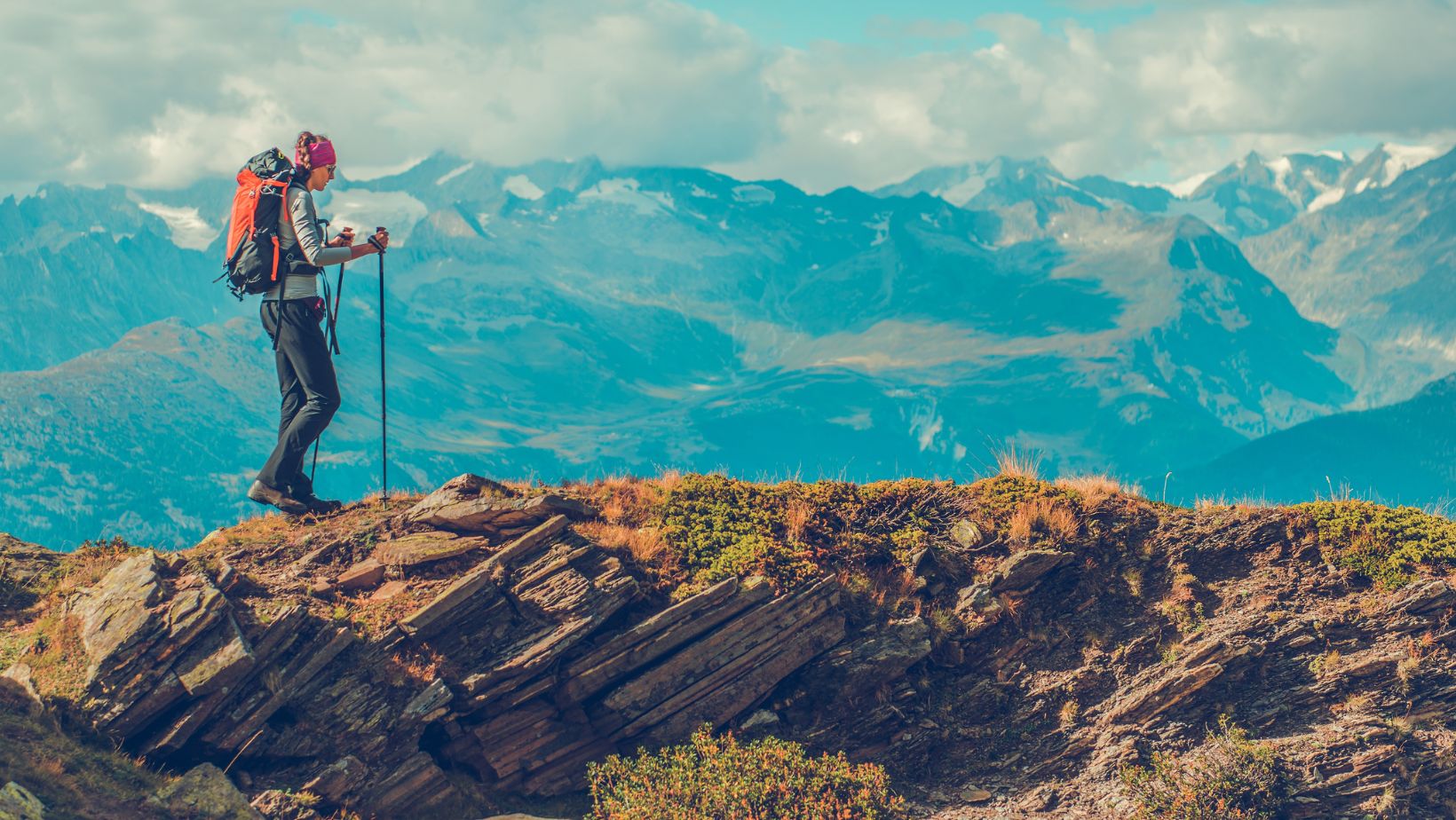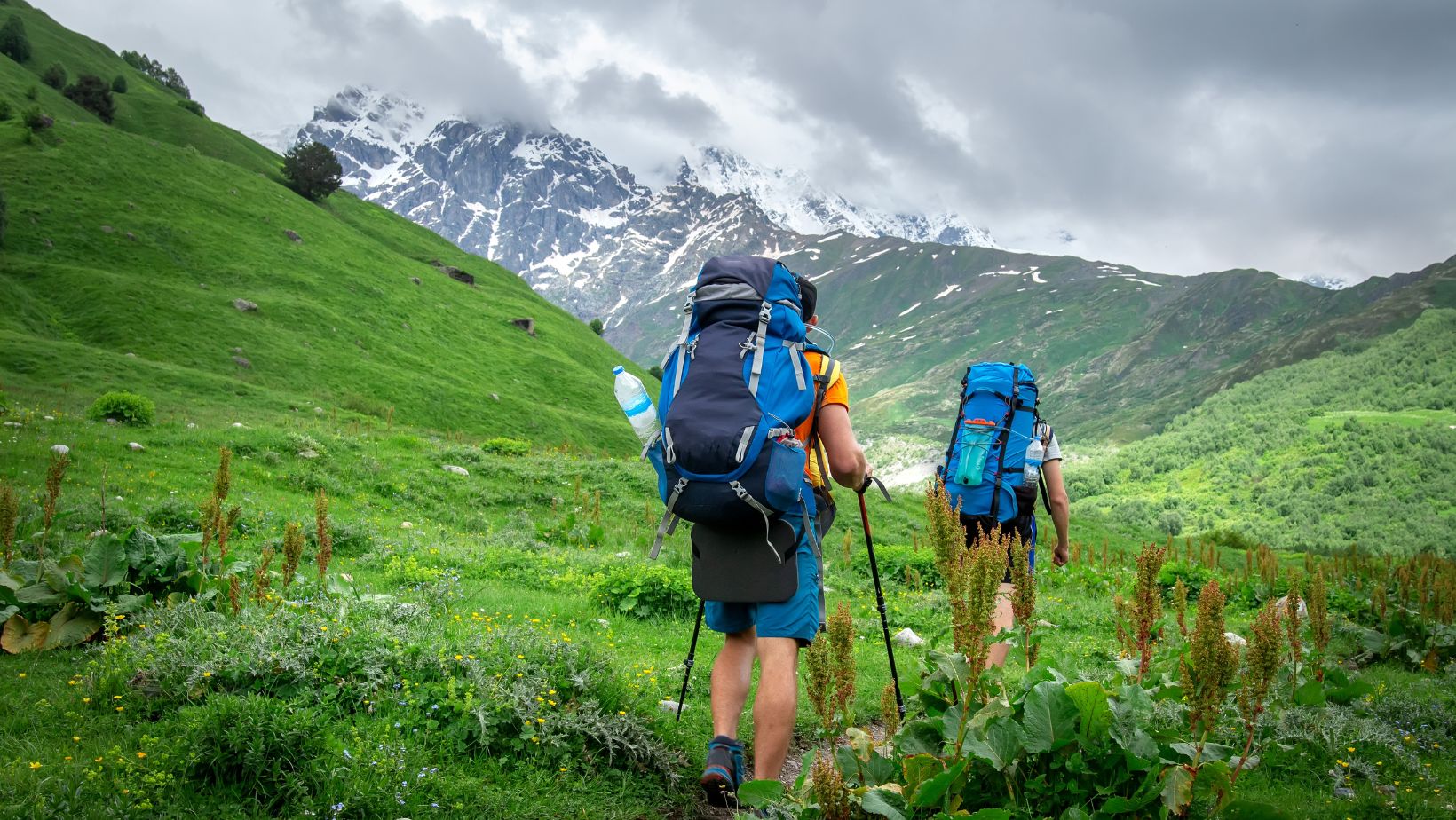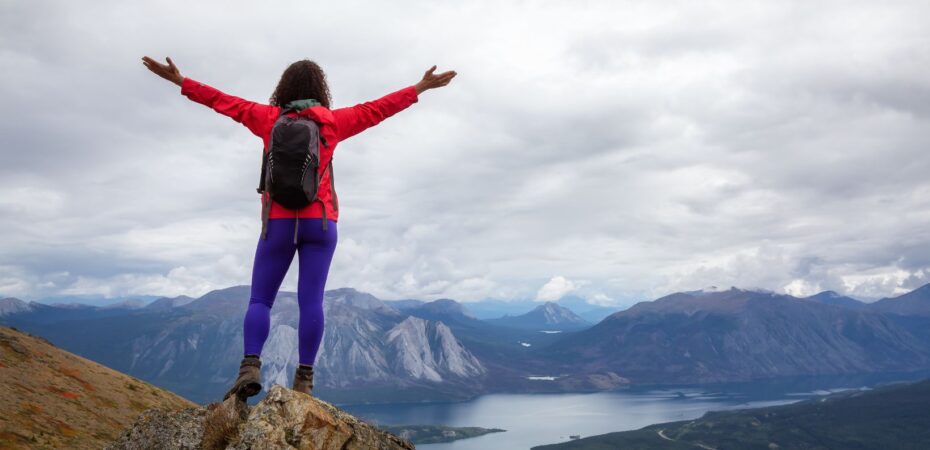Trekking in the Annapurna region is one of the most iconic experiences in Nepal, drawing thousands of adventurers from around the globe every year. With towering Himalayan peaks, diverse landscapes, and a vibrant mix of culture and nature, the Annapurna region delivers an unforgettable trekking experience. However, to make the most of your journey, choosing the right time to trek is essential.
The weather and seasonal patterns in the Annapurna region can greatly influence the quality of your trek — from visibility of mountain ranges to trail safety and overall comfort. This article, crafted with insight from trekking experts and the real-world experience of hikers, breaks down each season to help you decide when is the best time to trek Annapurna for your goals and style.
1. Spring (March to May): Bloom and Clarity
Spring is among the most favored times for trekking in the Annapurna region. As the harsh winter recedes, the landscape bursts into life. The temperature during the day is moderate — typically between 15°C and 20°C at lower elevations — making the trails pleasant for walking. Even as you ascend, temperatures are manageable with appropriate layering.
What makes spring truly special is the explosion of colors along the trail. Rhododendron forests bloom in red, pink, and white, creating picturesque contrasts against the backdrop of snow-capped peaks. Wildlife also becomes more active during this period, giving nature lovers an added bonus.
The skies are mostly clear during spring, offering spectacular, uninterrupted views of Annapurna I (8,091m), Machapuchare (6,993m), Dhaulagiri (8,167m), and other giants. The chances of rain are low, and trail conditions are dry and favorable. However, this popularity does come at a cost — more trekkers on the trail and fuller tea houses. Advance bookings are advisable.
2. Summer/Monsoon (June to August): Lush but Risky
The summer months in Nepal coincide with the monsoon season, which brings heavy rainfall across the country — including the Annapurna region. The temperatures remain warm, but the persistent downpour poses several challenges for trekkers.
Trails become muddy and slippery, and leeches can be a nuisance in the lower elevations. The risk of landslides in certain sections increases, especially around the hillsides and riverbanks. Moreover, cloud cover often obscures mountain views, making it difficult to enjoy the iconic scenery that draws people to Annapurna in the first place.
That said, this is also when the forests are at their greenest and the landscapes appear incredibly lush. The region is less crowded, and accommodation is readily available. For experienced trekkers or those seeking solitude and adventure, parts of the Annapurna Circuit — especially in the rain-shadow areas like Upper Mustang or Manang — can still offer a relatively dry and rewarding experience.
Still, unless you’re trekking in these specific areas, the summer season is generally the least recommended for Annapurna trekking due to safety and visibility concerns.
3. Autumn (September to November): The Peak of Perfection
Ask any seasoned trekker or guide, and they’ll likely say autumn is the absolute best time to trek Annapurna — and for good reason. This post-monsoon season brings fresh, clean air and the clearest skies of the year. With minimal haze, the views of the Annapurna Massif are unparalleled. The weather is dry and stable, with temperatures ranging between 10°C and 15°C during the day and dropping to 0°C or lower at night in higher elevations.
Autumn is also a culturally rich time to visit Nepal. Major festivals like Dashain and Tihar fall during these months, offering trekkers a chance to witness and participate in traditional celebrations along the way. The villages en route are vibrant and full of energy, further enriching the experience.

Due to ideal conditions, autumn is also the busiest season. You’ll encounter many trekkers, particularly on popular routes like Annapurna Base Camp (ABC) and the Annapurna Circuit. While the atmosphere is lively, this also means higher demand for lodges and services. Early reservations and good planning can help avoid logistical issues.
4. Winter (December to February): Cold, Quiet, and Crystal-Clear
Winter trekking in the Annapurna region is often overlooked but holds a special charm for the right kind of traveler. With fewer trekkers, the trails offer a rare sense of solitude and peace. The mountain views are incredibly sharp, with little atmospheric moisture to distort visibility.
However, this serenity comes with a caveat. Temperatures can plummet, especially at higher altitudes, where daytime highs may hover around 0°C and nighttime lows can drop below -15°C. Snowfall is common, and some higher passes such as Thorong La (5,416m) may be closed due to heavy snow.
While the cold can be a deterrent, the experience is rewarding for those who are well-prepared. You’ll enjoy a more intimate connection with nature and the local communities. Lower regions like Ghorepani, Ghandruk, or even the trail up to Annapurna Base Camp (if snow permits) are still very doable with the right gear and planning.
If you prefer quiet trails, don’t mind the cold, and want to capture the mountains in their purest form, winter might just be your hidden gem.
Conclusion: Tailor the Trek to Your Taste
The best time to trek Annapurna largely depends on what you value most in your adventure. If you’re after perfect views and comfortable conditions, spring and autumn are ideal. Spring offers natural beauty with blooming flowers, while autumn boasts crisp air and cultural richness.

For those who like solitude and are prepared for challenges, winter offers peace and pristine landscapes. On the other hand, if you’re an offbeat traveler with a taste for adventure and don’t mind the rain, certain rain-shadow parts of the Annapurna region are still accessible even during monsoon.
No matter the season, trekking in the Annapurna region is always a memorable experience — but the key to making it extraordinary lies in choosing the right time based on weather, trail conditions, and personal preferences. Consult local guides, check updated weather forecasts, and prepare properly to ensure a safe, enjoyable, and awe-inspiring journey into the heart of the Himalayas.


 By
By 




